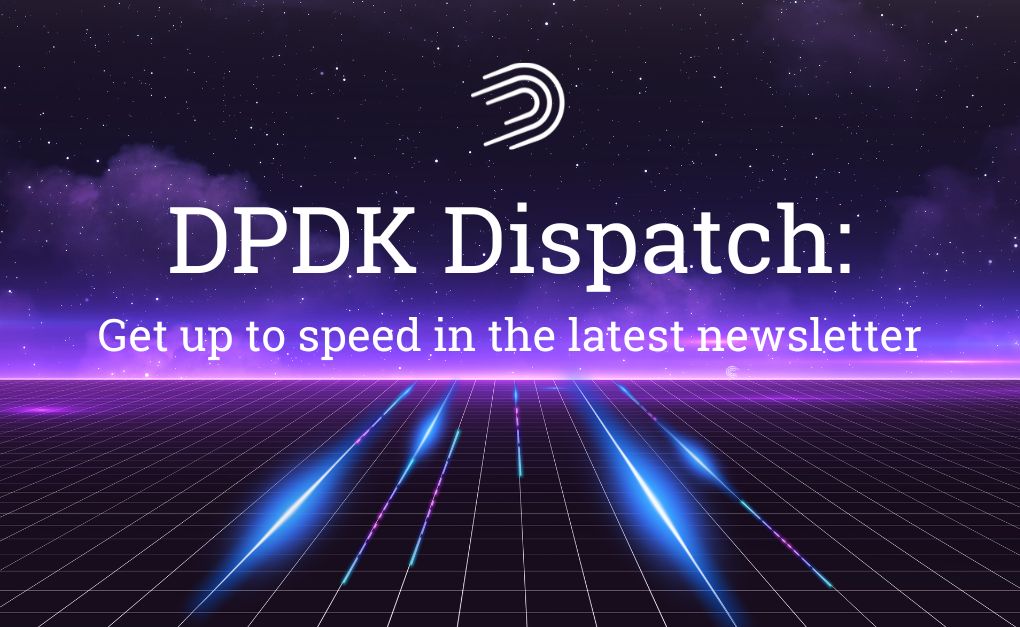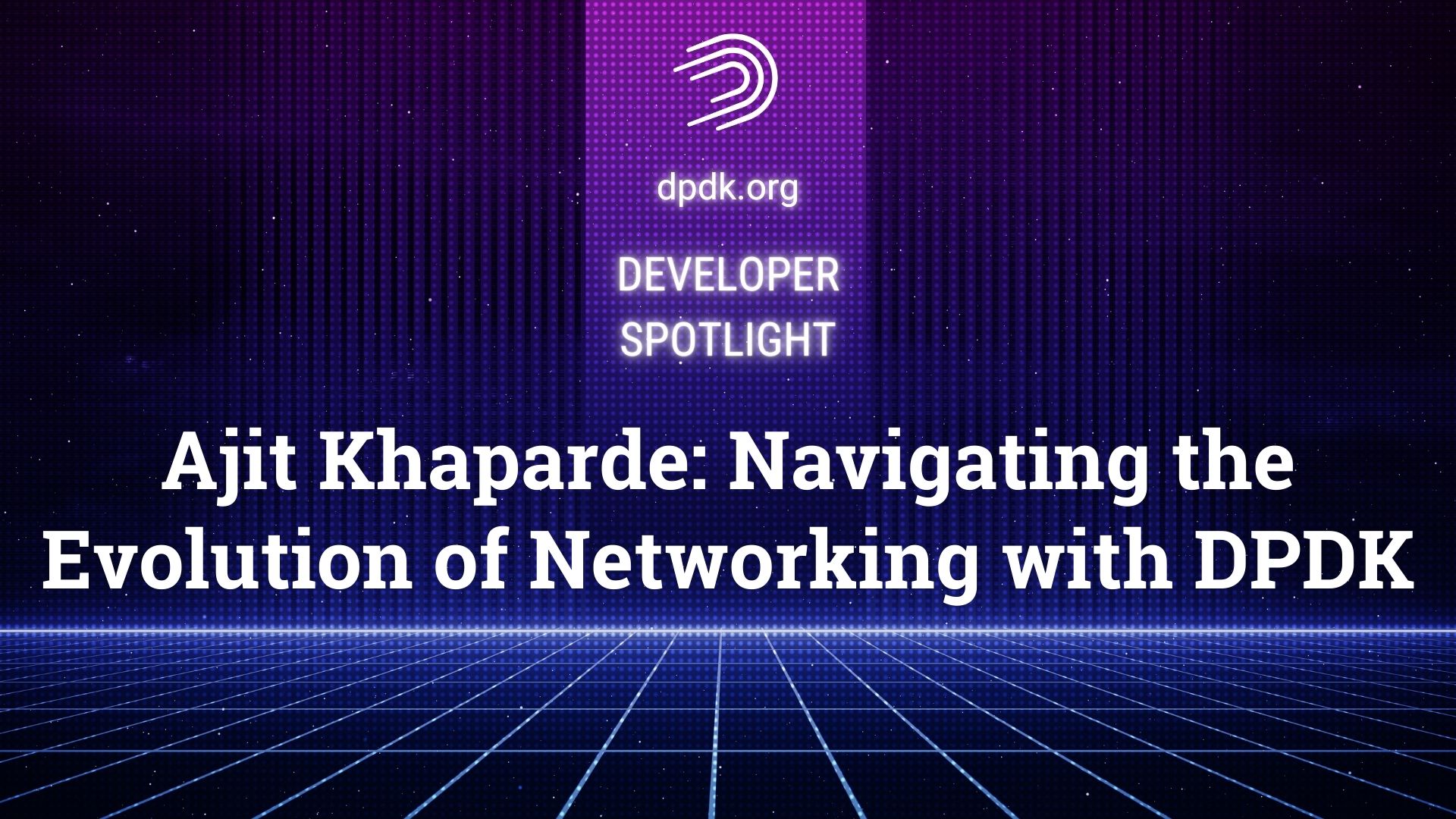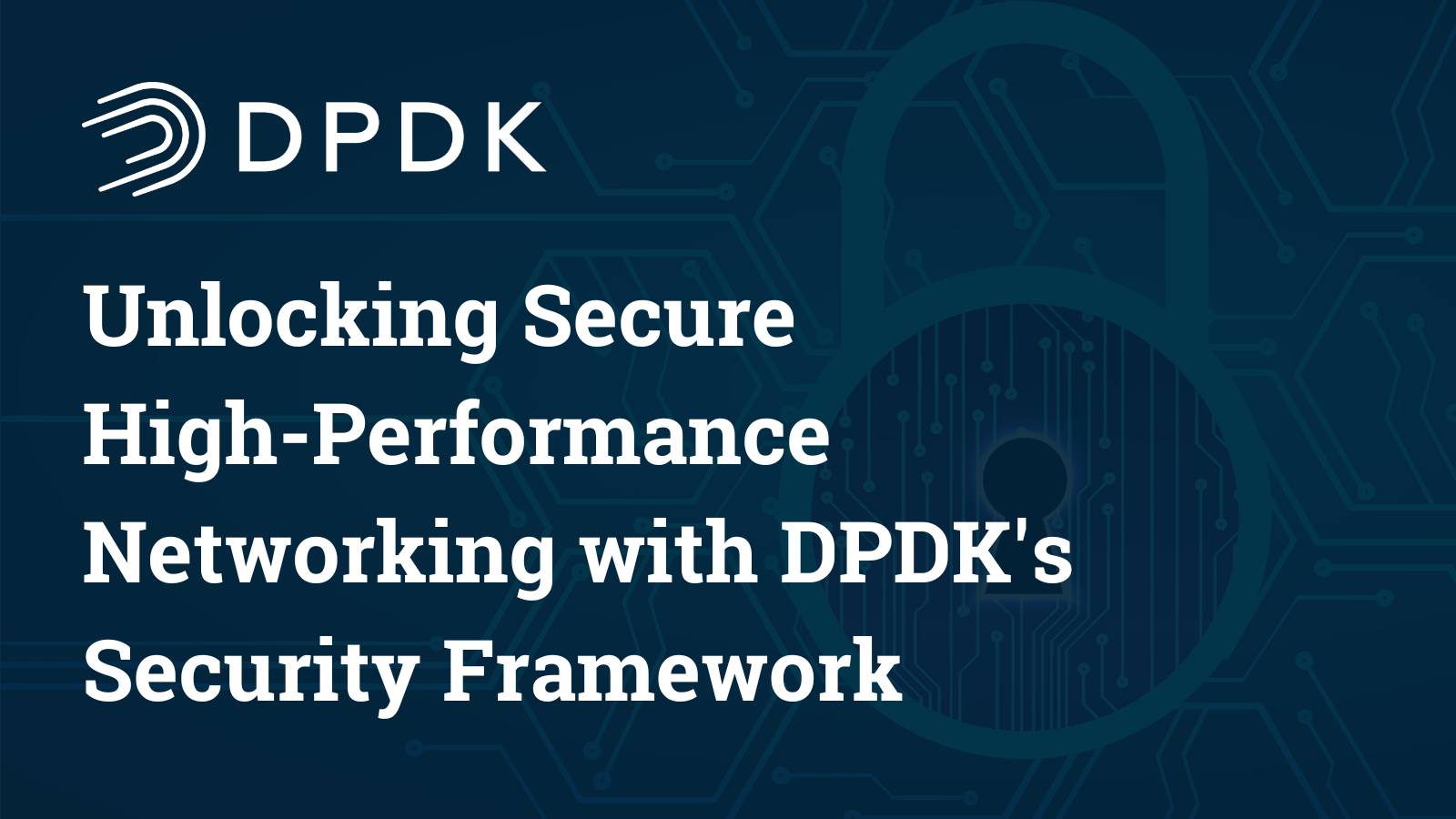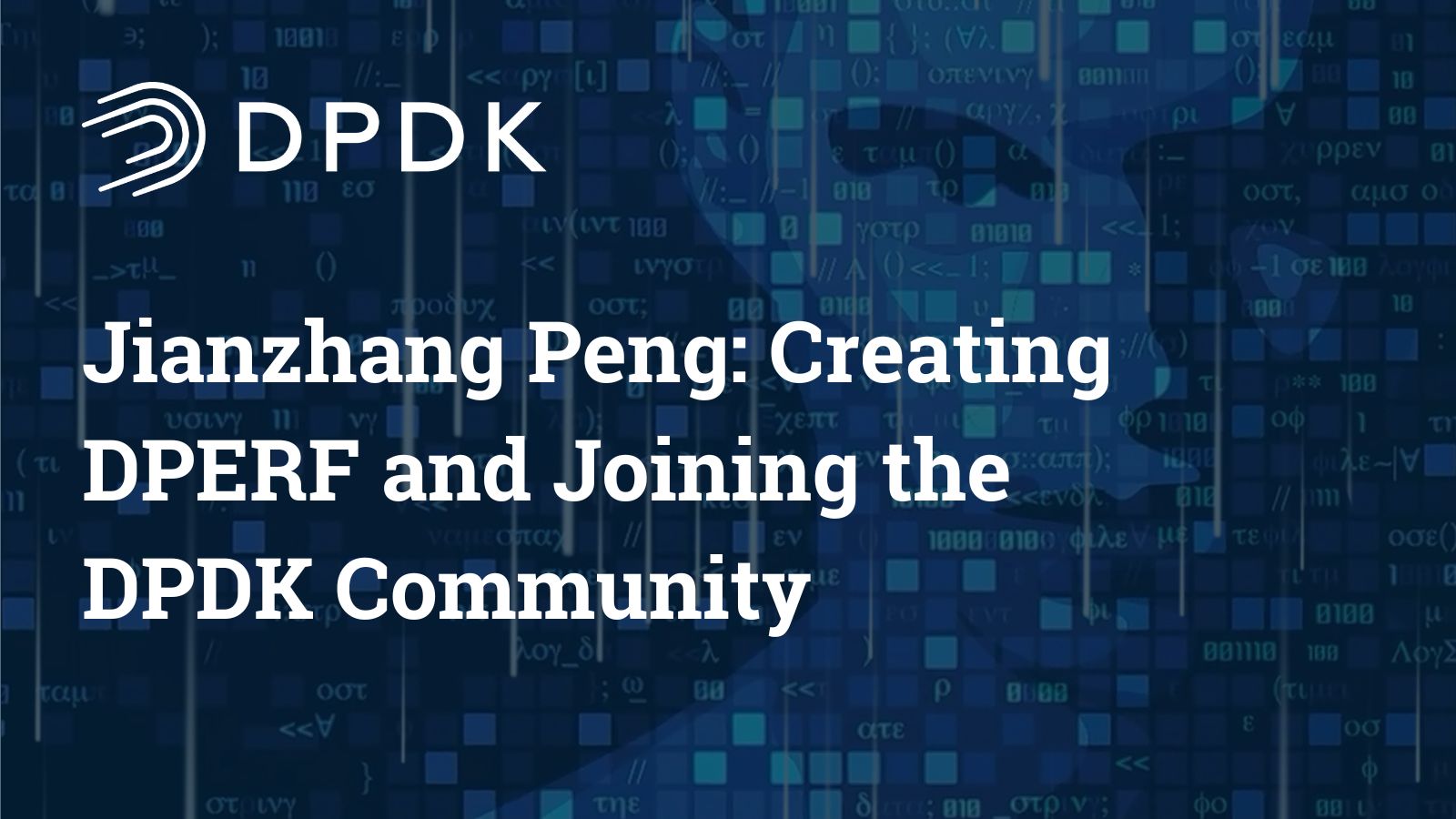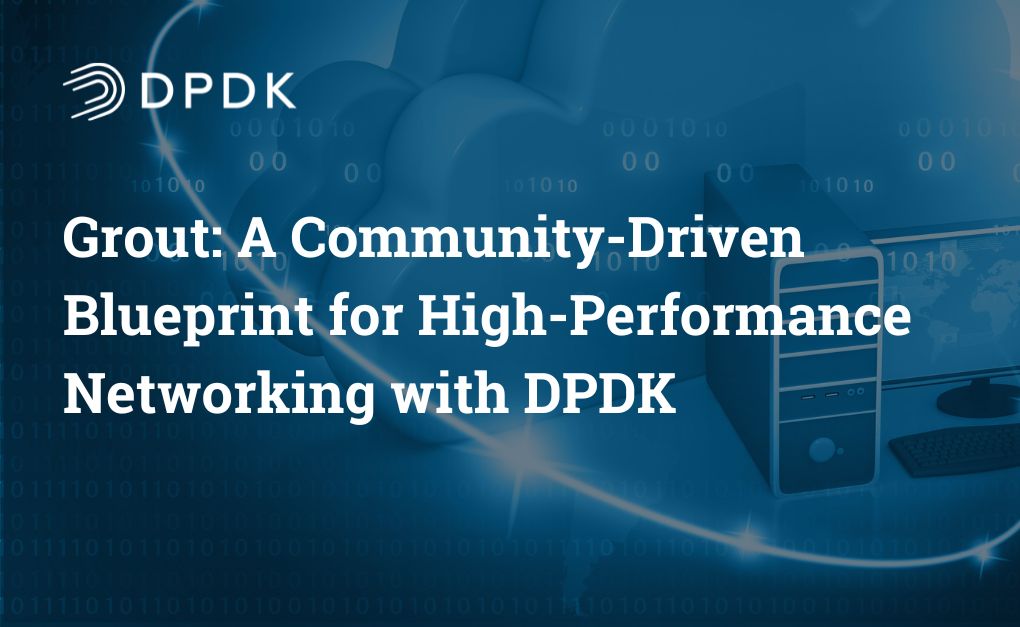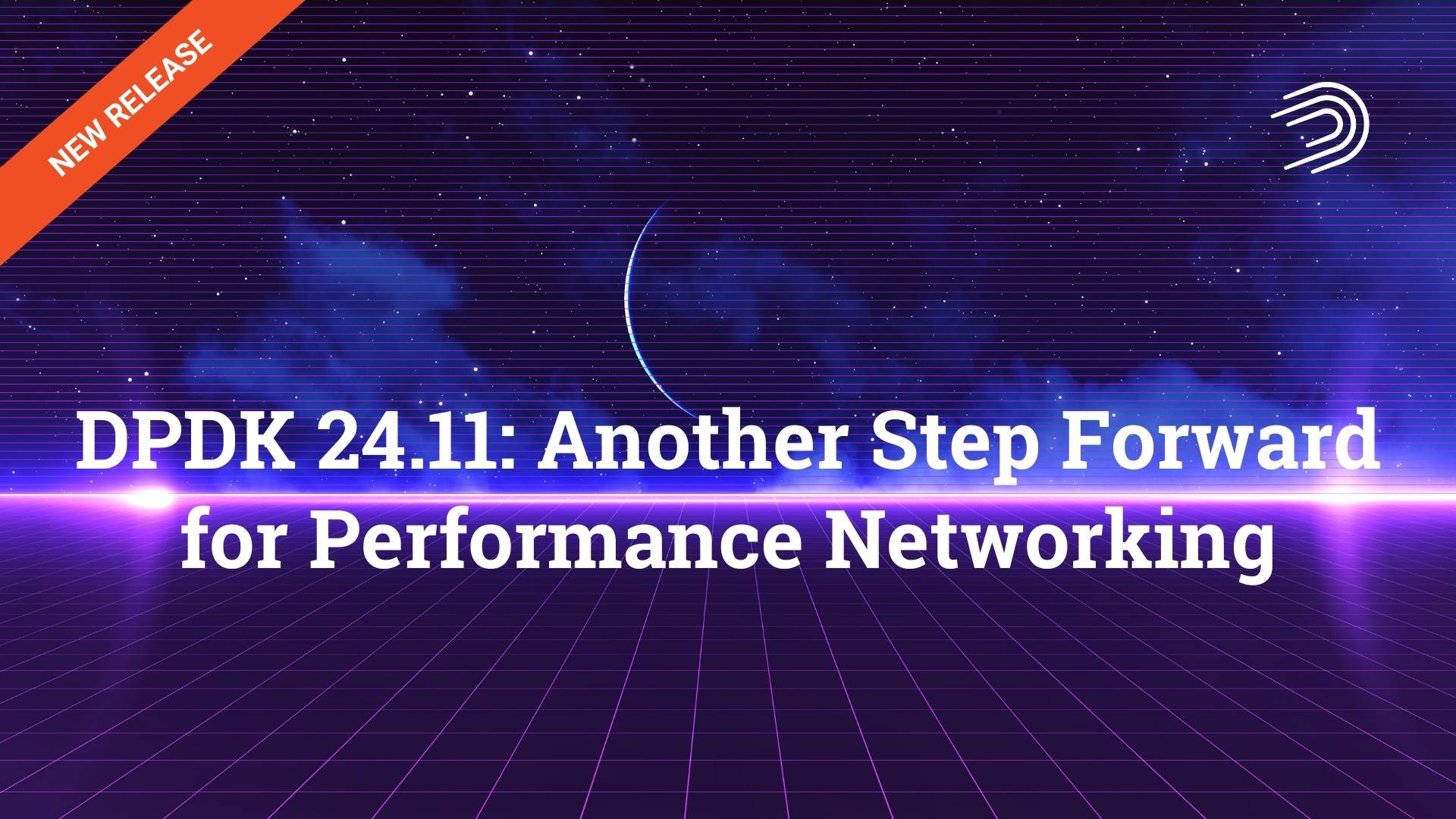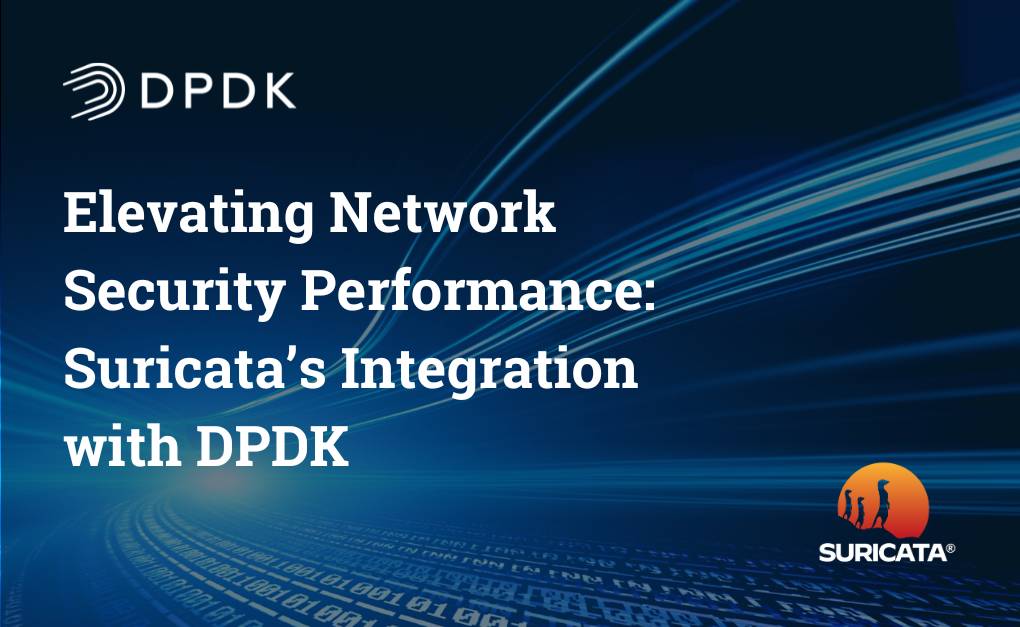Introduction:
Grout is an emerging open source project hosted under the DPDK community that aims to simplify high-performance networking and provide a reference application for building applications using DPDK. Spearheaded by Robin Jarry from Red Hat, the project was born out of the need for a vendor-neutral, practical tool to validate server setups optimized for DPDK performance.
This user story dives into the origins, challenges, and aspirations of the Grout project.
Building Grout to Simplify High-Performance Networking
Robin Jarry, a software engineer at Red Hat and member of the OpenStack NFV Integration team, has been at the forefront of tackling the intricate challenges of deploying high-performance networking solutions. Based in France, Robin works primarily with telco customers, focusing on tasks like power tuning, CPU isolation, and configuring servers to maximize the performance of DPDK.
While these optimizations are critical for achieving the desired results, validating the setups proved to be a recurring issue in his work. The tools available, such as testpmd, were limited in scope. Although testpmd is a valuable application for testing DPDK drivers, it lacks networking functionality and cannot fully verify the correctness of server configurations.
Recognizing this gap, Robin and his colleagues decided to create a solution that could act as a vendor-neutral application for validating DPDK-based server setups. This effort gave rise to Grout, a project designed to simplify and standardize the use of DPDK in high-performance environments.
Like any new project, the early stages of Grout were challenging, with foundational work requiring significant effort. However, once the initial framework was laid out, the team found it increasingly easy to add new features and protocols. Their hard work culminated in a presentation Grout # a Graph Router Based on DPDK at the DPDK Summit North America 2024 event, where Robin and key contributor David Marchand received overwhelmingly positive feedback.
“I was thrilled by how well Grout was received, the feedback during and after the talk confirmed that we’re solving a real problem, and it’s exciting to see the community’s enthusiasm for this project.”
Robin credits the project’s success not only to his efforts but also to the collaboration with key contributors, including David Marchand, a long-time DPDK maintainer, and Christophe Fontaine, a colleague at Red Hat.
Christophe focuses on OpenStack engineering for Telco use cases, leading the design of Network Functions Virtualization (NFV) within the OpenStack team to optimize high-performance connectivity for Virtual Network Functions (VNFs) and Cloud-Native Functions (CNFs). Before joining Red Hat, he worked at Qosmos (ENEA), where he contributed to FD.io and OpenDaylight, enhancing dynamic service function chaining for OpenStack on x86 and ARM servers.
Additionally, Christophe has provided detailed documentation, engaged with the community, and shared insights on performance tuning and Grout integration at DPDK summits, making advanced features more accessible to both new and experienced users.
Together, they are pushing Grout forward as a reference application for DPDK, designed to simplify its adoption and showcase best practices for achieving high performance in networking workloads.
A Journey into Open Source: From Sound Waves to Network Packets
Robin’s path to becoming a key contributor in the DPDK community is anything but conventional. Before writing code and configuring high-performance servers, Robin was immersed in a completely different world: the music industry. Working as a sound engineer in Brussels, Robin honed his technical skills in an environment that demanded precision and creativity. However, financial challenges forced him to make a career change—a decision that ultimately led him to software engineering and the open source world.
“I had to start from scratch,” Robin shared. “I went to night school, earned my engineering degree, and began exploring what I could do in the world of technology.”
The Connection Between Music and Code
Interestingly, Robin sees parallels between his past career as a sound engineer and his work as a software engineer. Both disciplines require problem-solving, creativity, and a focus on building something that works seamlessly. “There’s a certain creative energy in both fields. Coding feels like crafting something, almost like creating music, where every piece fits together to form a complete whole.”
“There’s a certain creative energy in both fields. Coding feels like crafting something, almost like creating music, where every piece fits together to form a complete whole.”
Robin’s unique perspective isn’t uncommon in the tech world. A recent poll by another Linux Foundation project revealed that nearly 38% of developers are also musicians—a convergence that highlights the shared skills of discipline, creativity, and focus. For Robin, this duality reinforces the idea that diverse backgrounds can bring fresh perspectives to technical challenges.
A recent poll by another Linux Foundation project revealed that nearly 38% of developers are also musicians—a convergence that highlights the shared skills of discipline, creativity, and focus.
Discovering Open Source and the DPDK Community
Robin’s first exposure to open source came from an unexpected place: side projects in video game development. While exploring these projects, he became captivated by the ethos of open source. “What struck me was how these developers were building software for free, just to help others and share knowledge. I wanted to understand their mindset, and it resonated deeply with me,” Robin explained.
“What struck me was how these developers were building software for free, just to help others and share knowledge. I wanted to understand their mindset, and it resonated deeply with me,”
This philosophy of collaboration and giving back to the community would become a cornerstone of Robin’s career. His professional journey into open source began in earnest when he joined 6WIND, the company responsible for establishing the open source DPDK community in 2013. Here, he worked on projects that blended his growing technical expertise with his newfound passion for open source development.
Over the years, Robin’s involvement with DPDK became both a professional responsibility and a personal conviction.
“I don’t just do open source work because it’s part of my job—I genuinely believe in the values of open source, it fits with my character. I enjoy the process of contributing, maintaining projects, and seeing the positive impact on the community.”
Giving Back to the Open Source Community
Robin’s commitment to open source extends beyond DPDK. In his spare time, he maintains personal projects and contributes to other open-source initiatives. He describes this as a “virtuous cycle” of giving and receiving energy: “People are often grateful when you contribute something useful, and that gratitude motivates you to keep going. It’s a positive feedback loop.”
This passion for open source is also evident in Grout, where Robin and his team have made contributions not just to their own project, but back to the DPDK ecosystem. By identifying and fixing issues within DPDK’s core libraries, they’re embodying the principles of open source collaboration.
A Welcoming Community
Reflecting on his experience with DPDK, Robin praised the community’s inclusiveness and support for newcomers. “When I started contributing to DPDK about 10 years ago, I found it much more welcoming compared to other projects, which have a steeper entry barrier,” he said. “The DPDK community is patient, helpful, and understanding—even with people who are just getting started.”
“The DPDK community is patient, helpful, and understanding—even with people who are just getting started.”
This collaborative spirit has been a key factor in Robin’s long-term involvement with DPDK, as well as his enthusiasm for helping others onboard into the ecosystem.
Grout at the Crossroads: A Pivotal Shift for DPDK
As the DPDK project evolves, it finds itself in a transitional phase—moving from years of foundational development into a focus on real-world applications and use cases. Grout, a new addition to the DPDK ecosystem, is emerging as a key project in this transformation.
The origins of Grout lie in the complexity of getting started with DPDK. While DPDK has been a pioneering project for high-performance networking, its setup process can be daunting. “You have too many things to configure,” Robin explained, “from enabling VFIO and allocating huge pages to binding devices to the right drivers. It’s complex, and people have told us that this is one of the biggest hurdles.”
“You have too many things to configure, from enabling VFIO and allocating huge pages to binding devices to the right drivers. It’s complex, and people have told us that this is one of the biggest hurdles.”
Grout is designed to simplify this experience. It aims to serve as a reference example—a guide to using DPDK libraries in a clean, best-practice-driven way. This includes demonstrating how to configure networking for high performance or even integrate AI applications using DPDK.
Robin highlighted that the DPDK community is keenly aware of this need. “We’ve received a lot of feedback asking for either best practices or an example of how things are intended to be used. Grout could become that example—a model of how DPDK can be leveraged effectively and efficiently.”
Laying the Foundation with the Graph Library
Grout isn’t starting from scratch. One of its core building blocks is the DPDK Graph Library, which provides a structured approach for building applications. According to Robin, the Graph Library already delivers roughly “a third of the structure needed to build a DPDK application.”
This modularity makes Grout not only a great starting point but also a potential framework for future DPDK projects. By leveraging existing tools and adding layers of usability, Grout is poised to streamline development for other contributors and users.
“Part of this foundation is already in DPDK itself,” Robin said, emphasizing that Grout’s architecture is tightly integrated with existing libraries, making it an ideal reference point for those entering the ecosystem.”
Moving Toward Applications and Use Cases
The feedback from the DPDK community underscores the importance of Grout’s focus on usability and practical application. As DPDK transitions from being a toolkit to supporting more application-level use cases, projects like Grout play an essential role in bridging the gap.
This shift is especially relevant as the networking world increasingly embraces cloud-native technologies. Grout’s primary use case targets container-native and cloud-native network functions (CNFs), making it a valuable asset for telcos and enterprises deploying high-performance networking in OpenStack, Kubernetes, and OpenShift environments.
“Grout isn’t a replacement for other tools like OVS, but it’s designed to run in VMs or containers, rather than on a host server. Its focus is entirely different—Grout is a router, not a virtual switch.”
A Catalyst for the Future of DPDK
Grout is still in its early stages, but its potential is already clear. By addressing pain points in the DPDK ecosystem and providing a practical, scalable reference architecture, it paves the way for easier adoption and innovation. Whether it’s serving as a blueprint for building high-performance CNFs or simplifying the onboarding process for new contributors, Grout is an important part of the next chapter of DPDK.
With its foundations rooted in the community and a focus on usability and real-world applications, Grout exemplifies the values of open source development. As Robin aptly put it,
“Grout is here to simplify, to guide, and to inspire what’s possible with DPDK.”
Target Use Case
Grout’s target use case is clear: cloud-native network functions (CNFs) and container-native network functions. These applications are vital for telcos and high-performance networking environments but represent a niche within the broader world of cloud computing.
Robin contrasted this with the dominant web application model in the cloud. “A web service won’t really be affected by Grout,” he noted. “But for telco applications or high-performance networking, where the requirements are far more specialized, Grout provides the extra care needed.”
While this niche focus may seem limiting at first glance, it’s precisely this specialization that makes Grout so valuable. By addressing the unique challenges of high-performance networking, Grout fills a critical gap in the DPDK ecosystem.
“A web service won’t really be affected by Grout,” he noted. “But for telco applications or high-performance networking, where the requirements are far more specialized, Grout provides the extra care needed.”
The Future of Grout: Usability, Automation, and Niche Applications
As Grout evolves, its focus remains on bridging gaps in the DPDK ecosystem and addressing specific use cases that demand high-performance networking. While not directly tied to AI or machine learning, Grout contributes to the infrastructure that supports automation and efficiency, helping simplify workflows and creating a foundation for innovation.
For instance, Grout could play a role in automating aspects of testing or continuous integration (CI) processes in environments requiring high-performance networking. By providing a standardized reference for DPDK applications, it could ensure seamless interactions between hardware and software, laying the groundwork for advanced automation tasks.
Impact on High-Performance Applications
In the short term, Grout’s primary contribution is its role as a reference for building containerized, high-performance network functions. Long-term, its automation and usability features could influence broader workflows, including testing, CI pipelines, and operational efficiency in telco and enterprise environments.
By simplifying the complexities of DPDK setups and offering clear examples of best practices, Grout is poised to make high-performance networking more accessible—not just for seasoned developers, but for newcomers to the ecosystem as well.
The Road Ahead: Plans for Usability Improvements
Having reached its minimum viable product (MVP) stage, Grout’s next steps focus on usability. Robin outlined several key areas for improvement, emphasizing the need to simplify tasks that currently require manual intervention.
One prominent feature on the roadmap is the automatic assignment of port RX queues to CPUs. “Right now, this is something you need to configure manually, but automating this will make the setup process much easier,” Robin said. This improvement would make Grout more accessible to users deploying DPDK applications in cloud environments, whether in OpenStack, OpenShift, or Kubernetes.
Another goal is to refine Grout’s role as a reference application—a good example of how DPDK libraries and tools should be used. By demonstrating best practices, Grout aims to set a standard for developers, helping them build applications without grappling with unnecessary complexity.
Evolving Organically
As for the future, Robin believes that Grout will evolve based on community needs and feedback. “Maybe it will serve as an example, as a reference architecture,” he said. “I don’t want to overstate its impact—it’s going to evolve organically based on how the community uses it.”
“Maybe it will serve as an example, as a reference architecture,” he said. “I don’t want to overstate its impact—it’s going to evolve organically based on how the community uses it.”
This flexible approach reflects the open source mindset at the heart of Grout’s development. Rather than dictating its direction, Robin and his team are focused on providing a solid foundation and letting the project grow in response to real-world use cases.
A Tool Built for Collaboration
As Grout continues to evolve, it stands as a testament to the power of open source collaboration. Whether serving as a blueprint for DPDK applications, simplifying cloud-native networking setups, or enabling automation in niche use cases, Grout demonstrates how focused, community-driven efforts can lead to impactful tools that solve real problems.
In Robin’s words, “Grout isn’t trying to be everything, but by focusing on what it does best—providing clarity and structure—it has the potential to make a lasting difference in the DPDK ecosystem.”
“Grout isn’t trying to be everything, but by focusing on what it does best—providing clarity and structure—it has the potential to make a lasting difference in the DPDK ecosystem.”
Red Hat’s Strategy: Leveraging DPDK and Grout
At Red Hat, DPDK plays a critical role, particularly in conjunction with Open vSwitch (OVS). However, Grout occupies a distinct niche in this ecosystem. “OVS runs on the host, while Grout is designed to run in VMs or containers, It’s not meant to replace OVS; it’s a router, not a virtual switch. The scopes are entirely different.”
Grout aligns with Red Hat’s strategy to develop examples of virtual network functions (VNFs) and cloud-native network functions (CNFs) that demonstrate DPDK’s capabilities. While Grout is still in its early stages, its development reflects an experimental approach: build something, see if it gains traction, and adapt based on feedback.
This iterative mindset mirrors the ethos of open source—collaborate, experiment, and refine based on community needs.
Cross-Project Collaboration: Building Bridges Across Ecosystems
The DPDK community has long emphasized the importance of integrating its technology with other open-source projects, and Grout exemplifies this philosophy.
Robin highlighted Kubernetes as a natural integration point for DPDK, given the growing adoption of containerized environments in networking. “Kubernetes is an obvious pathway for collaboration, especially for projects like Grout that target container-native applications,” he noted.
“Kubernetes is an obvious pathway for collaboration, especially for projects like Grout that target container-native applications”.
Additionally, Grout has facilitated a reverse flow of contributions—where challenges encountered during Grout’s development led to improvements in the DPDK core itself. This reciprocal relationship underscores the project’s commitment to the principles of open source: contribute back to what you use.
“Instead of just consuming DPDK, we’ve raised issues, fixed them, and sent patches back to the community,” Robin said. “This approach isn’t just rewarding; it’s essential for maintaining the ecosystem’s vitality.”
Raising Awareness and Building Momentum
Looking ahead, Robin sees opportunities to raise awareness about Grout and its role in the DPDK ecosystem. Collaborating with organizations like the Linux Foundation and participating in events can help showcase the project’s potential. As Robin summed it up, “Grout is as much about helping others as it is about building something new. It’s a shared effort, and that’s what makes it special.”
“Grout is as much about helping others as it is about building something new. It’s a shared effort, and that’s what makes it special.”
To get involved, join the mailing list at grout@dpdk.org, explore the project on GitHub at https://github.com/DPDK/grout, and share your ideas for how you’d like to use Grout!
Don’t forget to catch the Grout presentation at FOSDEM 2025 on February 2.
